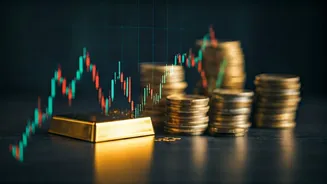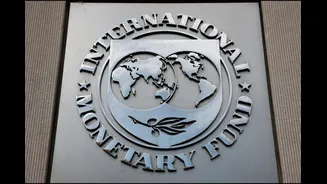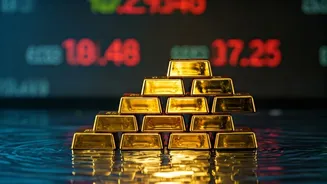Trade Deal Optimism
The primary driver behind the decrease in gold prices was the positive developments in the trade talks between the United States and China. As negotiations
progressed, investors grew more optimistic about a potential trade agreement. This optimism led to a reduction in demand for safe-haven assets like gold, as the perceived risk associated with the global economy lessened. Investors and traders often turn to gold during times of economic uncertainty and global instability. However, when the risk perception decreases, these same investors are more inclined to invest in higher-risk assets, which typically offer better returns in a stable economic climate. The shift in investor sentiment, influenced by the improved trade relations, decreased the appeal of gold as a protective investment.
Market Sentiment Shifts
The shift in market sentiment played a crucial role in the gold price decline. As the trade talks between the two economic powerhouses showed signs of progress, investors began to reassess their positions in the market. The improved outlook for global trade encouraged a shift away from safe-haven assets such as gold and toward assets with higher growth potential, such as stocks. The increasing confidence in the global economy reduced the demand for gold, as investors reduced their risk aversion. This shift led to increased selling pressure on gold, further driving down its price. Furthermore, the positive trade developments fueled a surge in economic indicators, bolstering investors' confidence and accelerating the shift away from safe-haven assets.
Impact on Demand
The progress in US-China trade negotiations directly affected the demand for gold. The diminishing uncertainty and risk perception decreased the need for gold as a safe-haven asset, causing investors to reduce their holdings. Conversely, with the market's positive outlook, investment shifted toward other assets considered to be more promising. Furthermore, as the negotiations indicated a potential resolution, the underlying factors that previously supported the demand for gold, such as worries about economic instability or geopolitical tensions, began to fade. This led to a decrease in demand and ultimately contributed to the drop in gold prices. The shifting investor behavior reflects a change in the evaluation of risk and potential returns, favoring assets perceived to have stronger growth prospects as trade tensions eased.
Future Price Outlook
Looking ahead, the future direction of gold prices hinges on the continuing progress in US-China trade negotiations and the broader economic climate. Any unexpected setbacks in the trade talks or a resurgence of global economic concerns could renew the demand for safe-haven assets and potentially drive gold prices upward. Conversely, continued trade progress and sustained global economic growth would likely keep gold prices under pressure. Investors and market analysts will closely monitor developments in the trade situation and the overall economic landscape to make informed decisions. Various economic indicators, such as inflation rates, interest rate decisions by central banks, and global growth projections, will continue to play a crucial role in shaping the market's trajectory.














